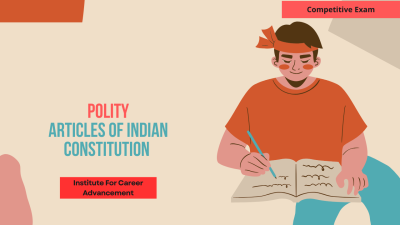Women in National Movement
Women played a crucial role in India's national movement for independence, contributing both in the forefront and behind the scenes. They participated in protests, demonstrations, and revolutionary activities, advocating for both national freedom and gender equality. Prominent figures like Sarojini Naidu, Kasturba Gandhi, and Kamaladevi Chattopadhyay, alongside countless unsung women, took part in movements such as the Non-Cooperation Movement, Civil Disobedience, and Quit India Movement. Women also worked in the fields of education, social reform, and healthcare, empowering other women and advancing social change. Their contributions helped shape the political and social landscape of modern India. ভারতের জাতীয় স্বাধীনতা আন্দোলনে মহিলারা গুরুত্বপূর্ণ ভূমিকা পালন করেছিলেন, সামনে এবং পর্দার আড়ালে উভয় ক্ষেত্রেই অবদান রেখেছিলেন। তারা জাতীয় স্বাধীনতা এবং লিঙ্গ সমতা উভয়ের পক্ষে সওয়াল করে প্রতিবাদ, বিক্ষোভ এবং বিপ্লবী কার্যক্রমে অংশ নিয়েছিল। সরোজিনী নাইডু, কস্তুরবা গান্ধী এবং কমলাদেবী চট্টোপাধ্যায়ের মতো বিশিষ্ট ব্যক্তিরা অগণিত অজ্ঞাতনামা মহিলাদের পাশাপাশি অসহযোগ আন্দোলন, আইন অমান্য এবং ভারত ছাড়ো আন্দোলনের মতো আন্দোলনে অংশ নিয়েছিলেন। মহিলারা শিক্ষা, সামাজিক সংস্কার এবং স্বাস্থ্যসেবা, অন্যান্য মহিলাদের ক্ষমতায়ন এবং সামাজিক পরিবর্তনের অগ্রগতির ক্ষেত্রেও কাজ করেছেন। তাঁদের অবদান আধুনিক ভারতের রাজনৈতিক ও সামাজিক প্রেক্ষাপট গঠনে সহায়তা করেছে।
English
Last updated
Thu, 27-Feb-2025



















